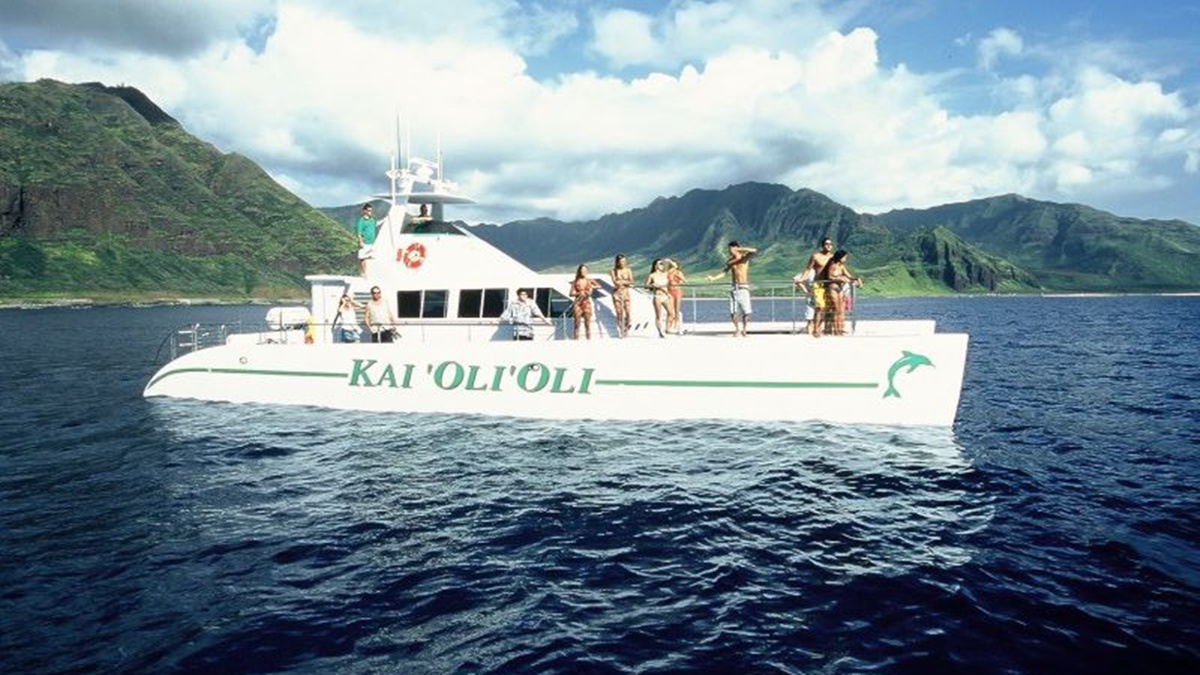Waikiki Beach, now a bustling hub of tourism in Honolulu, Oʻahu, holds a profound historical and spiritual significance that predates its modern allure. For centuries, this coastal area was revered by Hawaiian royalty, known as the aliʻi, as a place of rest, rejuvenation, and sacred rituals. Understanding WaikIkI’s past enriches our appreciation of its cultural legacy and the deep connections between the land, water, and people of Hawaii.
The Meaning Behind “Waikiki”
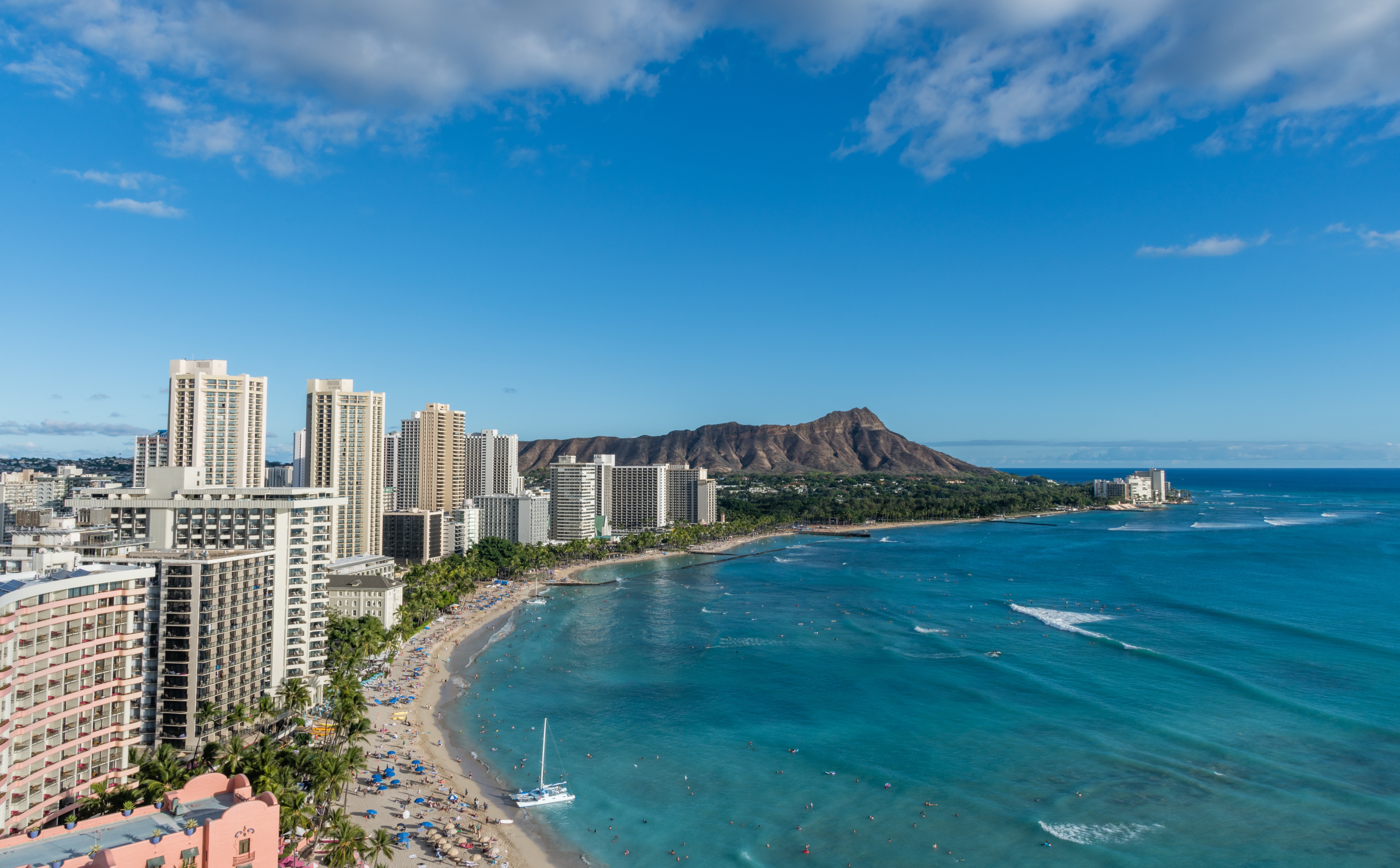
The name “Waikiki” translates to “spouting fresh water” in Hawaiian, derived from “wai” (water) and “kiki” (to spout). This nomenclature reflects the area’s historical abundance of freshwater springs and streams that once nourished extensive wetlands and taro fields. These natural resources were vital for sustaining the local population and contributed to Waikiki’s reputation as a fertile and life-giving land.
Waikiki as a Royal Retreat
In ancient times, Waikiki served as a favored retreat for Hawaiian royalty. The aliʻi frequented the area for its serene environment, engaging in activities such as surfing, a sport deeply embedded in Hawaiian culture. King David Kalākaua, known as the “Merrie Monarch,” was particularly fond of Waikiki. In 1878, he commissioned the construction of the Royal Hawaiian Hotel to accommodate visiting dignitaries and promote Hawaiian hospitality.
Sacred Sites and Spiritual Significance
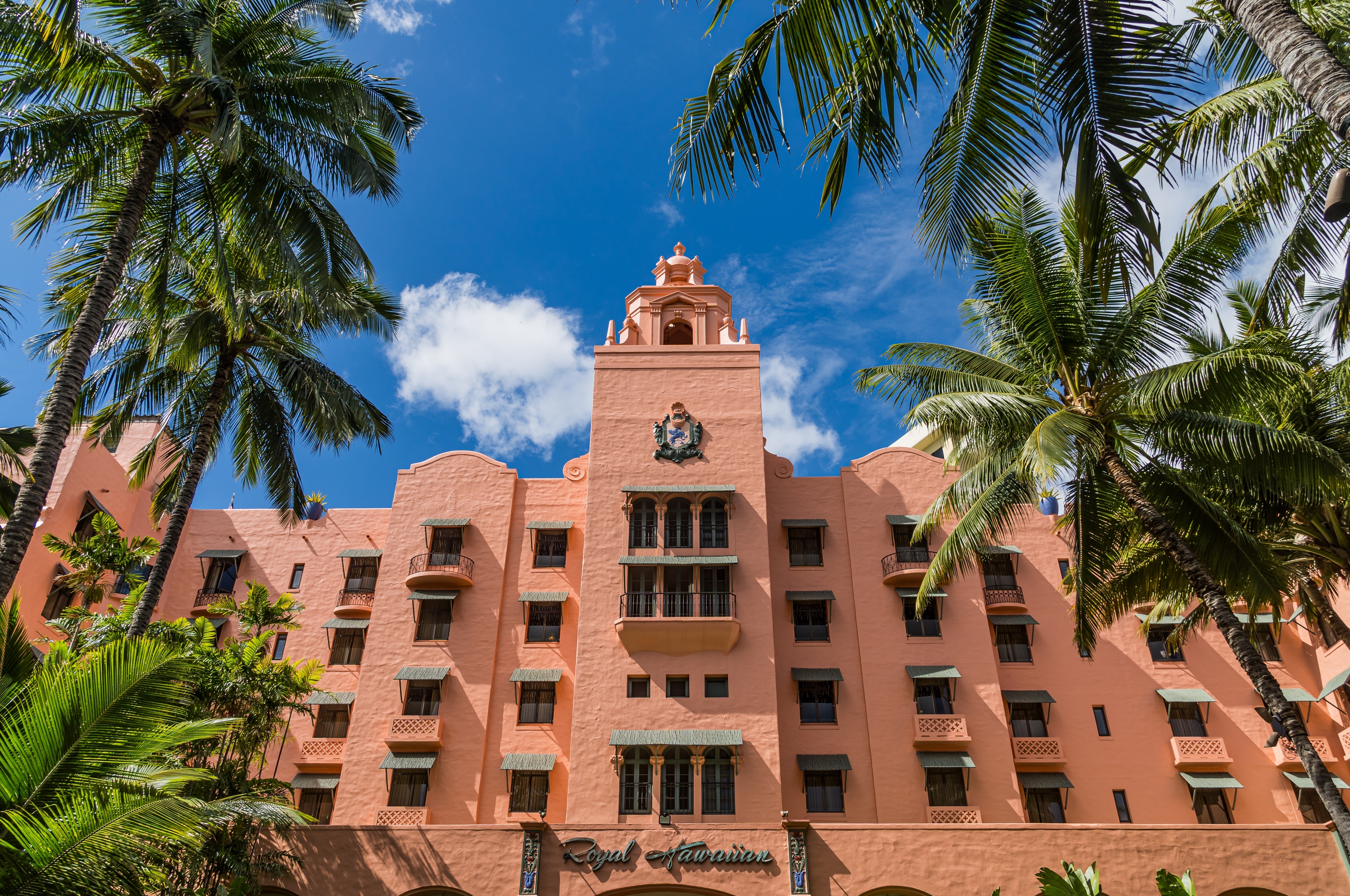
Waikiki was not only a place of leisure but also of profound spiritual importance. The area was dotted with heiau (temples), such as the Papaʻenaʻena Heiau near Leʻahi (Diamond Head), which served as sites for religious ceremonies and offerings. These sacred structures underscore the deep spiritual connection the Hawaiian people had with the land.
One of the most significant spiritual sites in Waikiki is the Healer Stones of Kapaemahu. These four large stones honor four legendary māhū healers—individuals embodying both male and female spirits—who brought healing arts from Tahiti to Hawaii. The stones, located at Kūhiō Beach, serve as a testament to the inclusive and holistic nature of traditional Hawaiian healing practices.
Agricultural and Ecological Importance
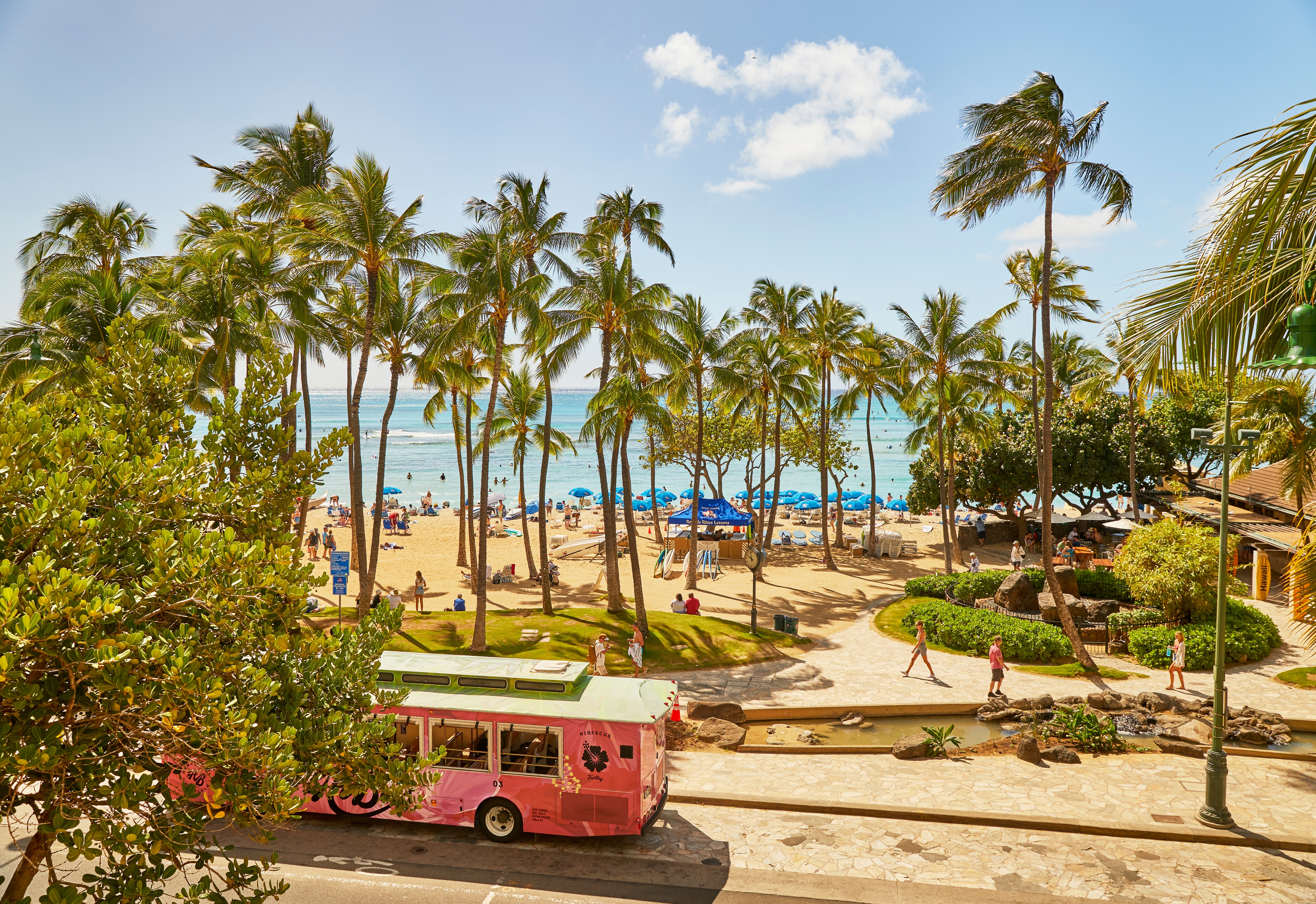
Beyond its spiritual and recreational significance, Waikiki was historically an agricultural hub. The area supported extensive taro fields and fishponds, utilizing the natural waterways for irrigation and aquaculture. These sustainable practices not only provided food for the local population but also demonstrated the Hawaiian people’s deep understanding and respect for their environment.
Preservation of Cultural Heritage
Efforts have been made to preserve and honor Waikiki’s rich cultural heritage. The restoration of the Kapaemahu stones and the installation of interpretive plaques aim to educate visitors about the site’s historical and spiritual significance. These initiatives reflect a broader movement to recognize and celebrate the indigenous history of Hawaii, ensuring that the stories and traditions of the Hawaiian people continue to be shared and respected.
Transformation Over Time
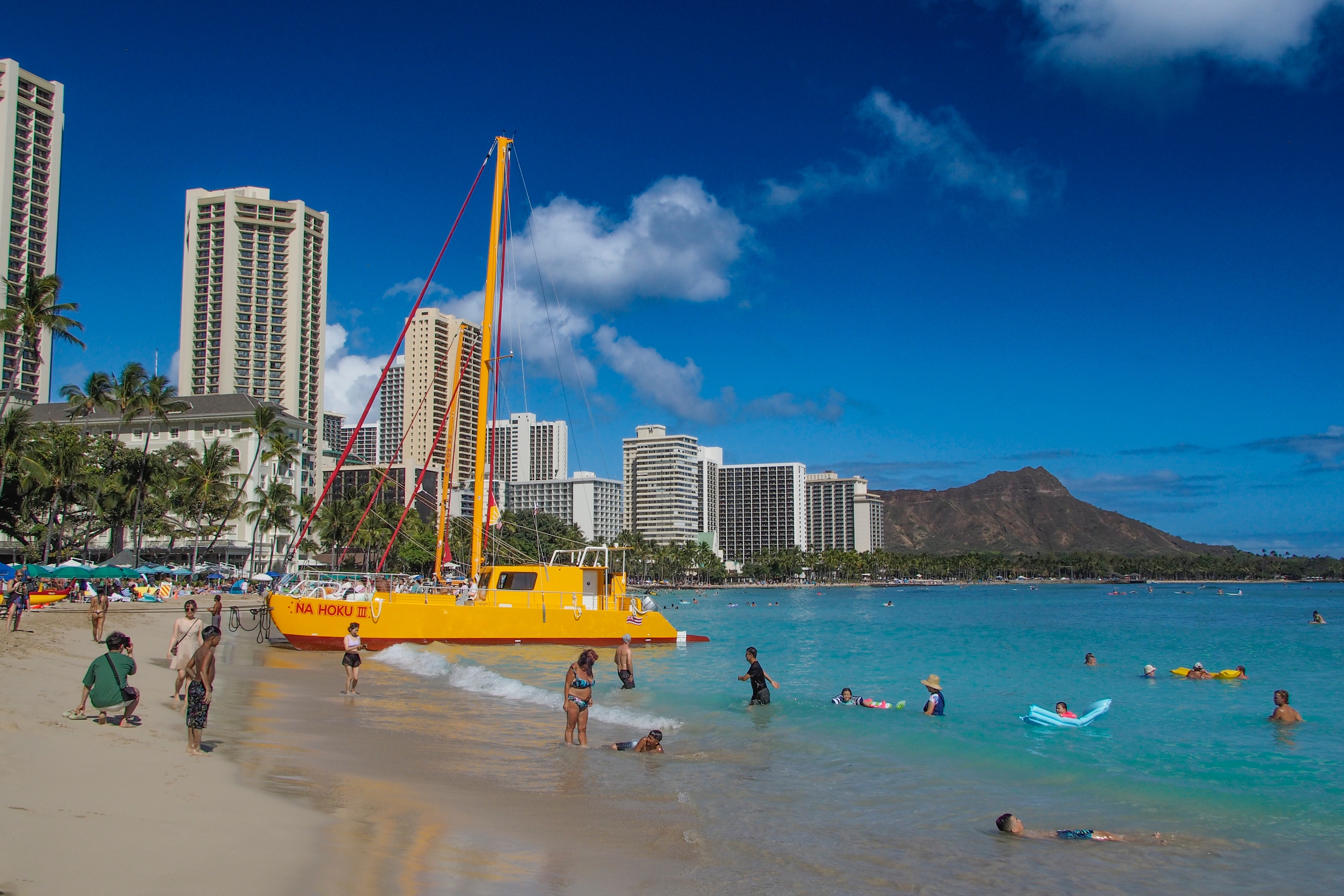
The arrival of Westerners in the 19th century marked a turning point for Waikiki. Urban development and the burgeoning tourism industry led to significant changes in the landscape, including the draining of wetlands and the construction of hotels and resorts. While these developments brought economic growth, they also disrupted the ecological balance and obscured many of the area’s sacred sites.
Honoring the Sacred Legacy of Waikiki
Waikiki Beach is a place steeped in history, spirituality, and cultural significance. By acknowledging and preserving its sacred past, we honor the legacy of the Hawaiian royalty and the enduring spirit of the land. As visitors and stewards of this cherished place, it is our responsibility to approach Waikiki with respect and reverence, ensuring its stories continue to inspire future generations.






